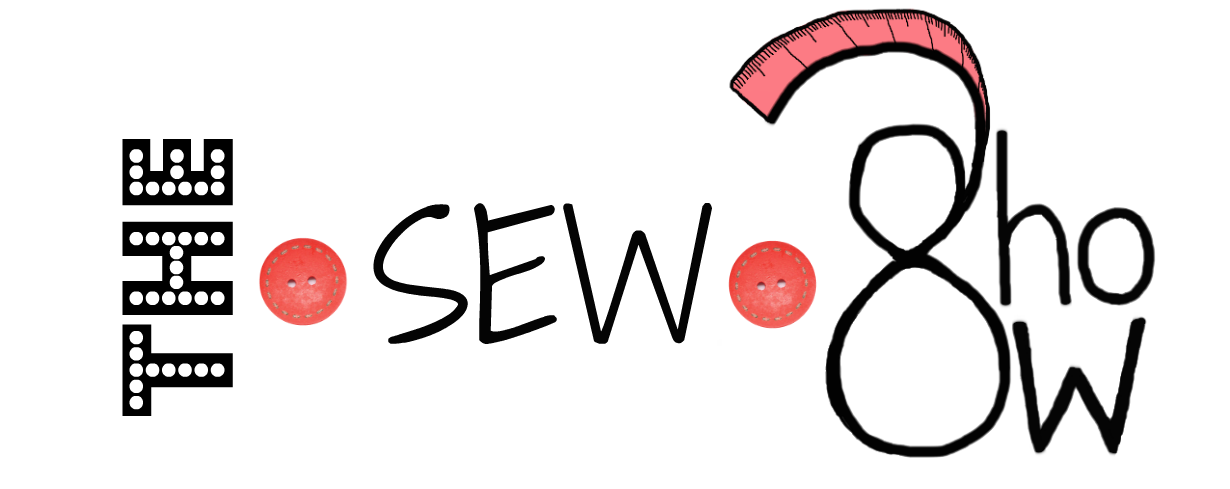The selection of sewing machine is a complicated task if you are a newbie. You get questions like should I stay with my grandma's old sewing machine or take a huge step onto the new and lofty automatic one? Or which one gives you an advantage over other? Have no fear cause this post is all about solving this dilemma and I assure you that by the end of this post you'll end up choosing one of them.
Before I go in deep and make a mess of this awfully simple topic, I'd like to say that you have two choices. Either you can read my blabbering all the way while I make points here and there or you can skip by unbearable blabbering till the end where I have created a table comparing the two sewing machines. The choice is all yours :)
Let's bring in the first impressions.
Here're my two lovelies. The manual one's my mom's but I took my first sewing steps in it so kudos for my manual baby. The other one, the automatic, which I recently bought when I realised that I have fallen for sewing.
Manual sewing machine: Usha Champion.
Automatic sewing machine: Janome Allure.
The sight of a manual sewing machine cannot be good for a beginner's sore eyes. There are millions of reasons why you hate that wibbly wobbly antique -ish thing. For starters, who would like to pedal continuously for more than 3 hours? The thought of it makes me sick. By the end of the sewing, you'll end up with blisters or atleast with a sickening pain in your legs. My feet found heaven in the automatic one but I'm not saying that the pedalling was completely useless. Manual definitely felt more controllable when compared to the other. You have to pedal faster to increase speed in manual while you have to press it harder in auto. We could always use the extra exercise (if you are an exercise freak, which I'm not). Another thing to keep in mind is that pedalling is not easy as one thinks. It takes atleast an hour's practise to get a grip of smooth pedalling and if you're learning how to pedal, I'll advise you to remove the needle of its holder otherwise you're likely to break it in your attempt to learn.
Moving on to the stitches (suddenly I see Shawn Mendes singing) Anyway, the straight stitch is available on both but if you are looking for fancy stitches like zigzag then manual is not for you. Even back stitch is not available which I think is really important. One thing you must keep in mind is that your automatic will not give you overlock stitch (if you thought it will then welcome to the club, I was once a fool myself); for that you need to buy a serger (it's another type of sewing machine which took it's master's in overlocking). Anyway, if you are just doing the simple straight stitch, then you don't necessarily need to buy the automatic one, you can stick with your grandma's wobbly one.
By now, you must have decided on buying the automatic sewing machine. Well, read on cause here is where the twist comes (atleast for those who have fluctuating electricity). The manual one works on your power. You pedal, the machine works but automatic needs electricity and it only works on that. So there's kinda money involved too. If you're a hectic sewer or does sewing for others, then your electricity bill may have bigger numbers. With the manual, you can sew nonstop; no storm can stop you. If you don't mind the numbers, then there's nothing else to know. Just grab the nearest automatic and start sewing.
If you feel like I've missed anything, please do leave them in the comments. Please follow me if you like my blog and enjoy The Sew Show.
If you feel like I've missed anything, please do leave them in the comments. Please follow me if you like my blog and enjoy The Sew Show.









0 comments:
Post a Comment